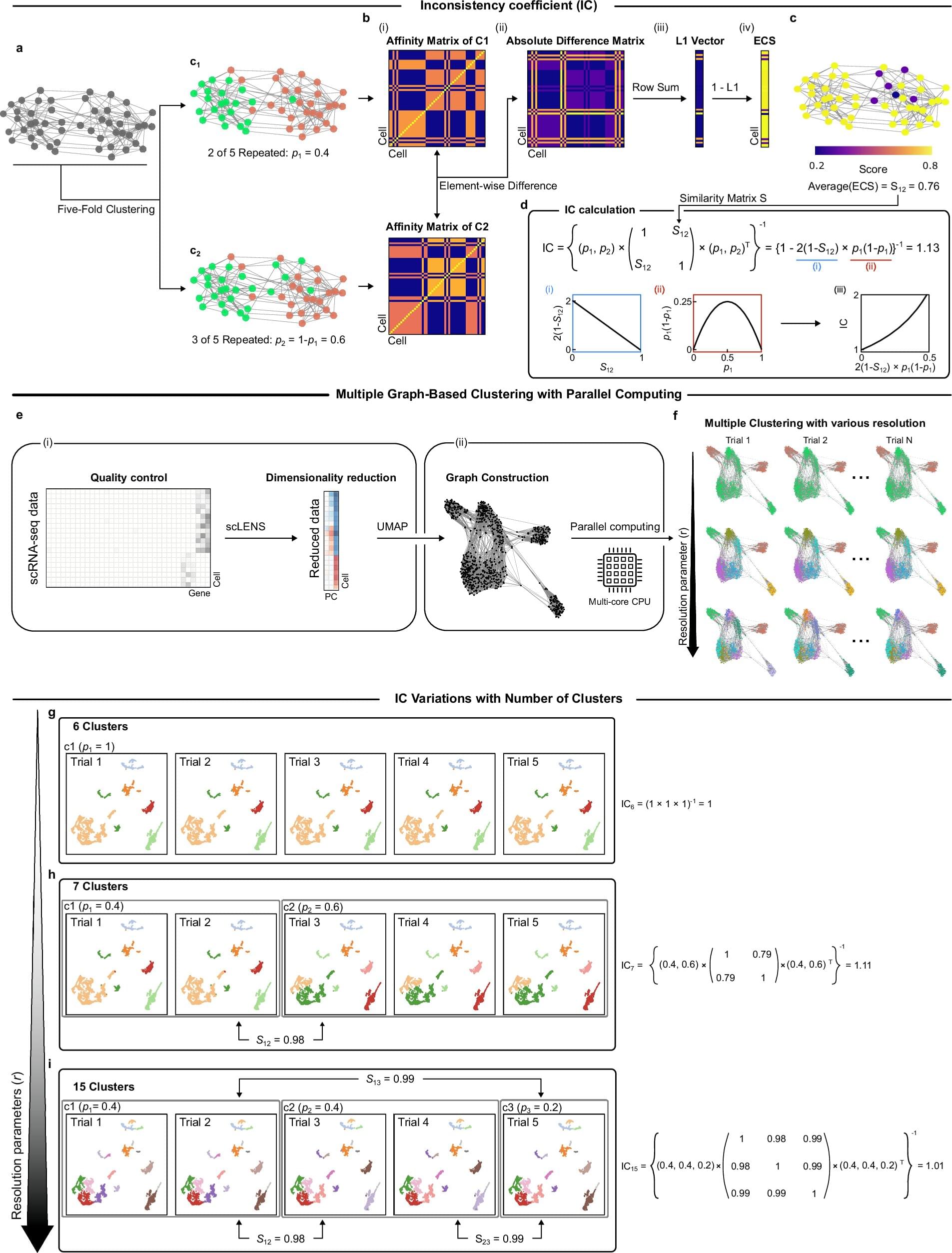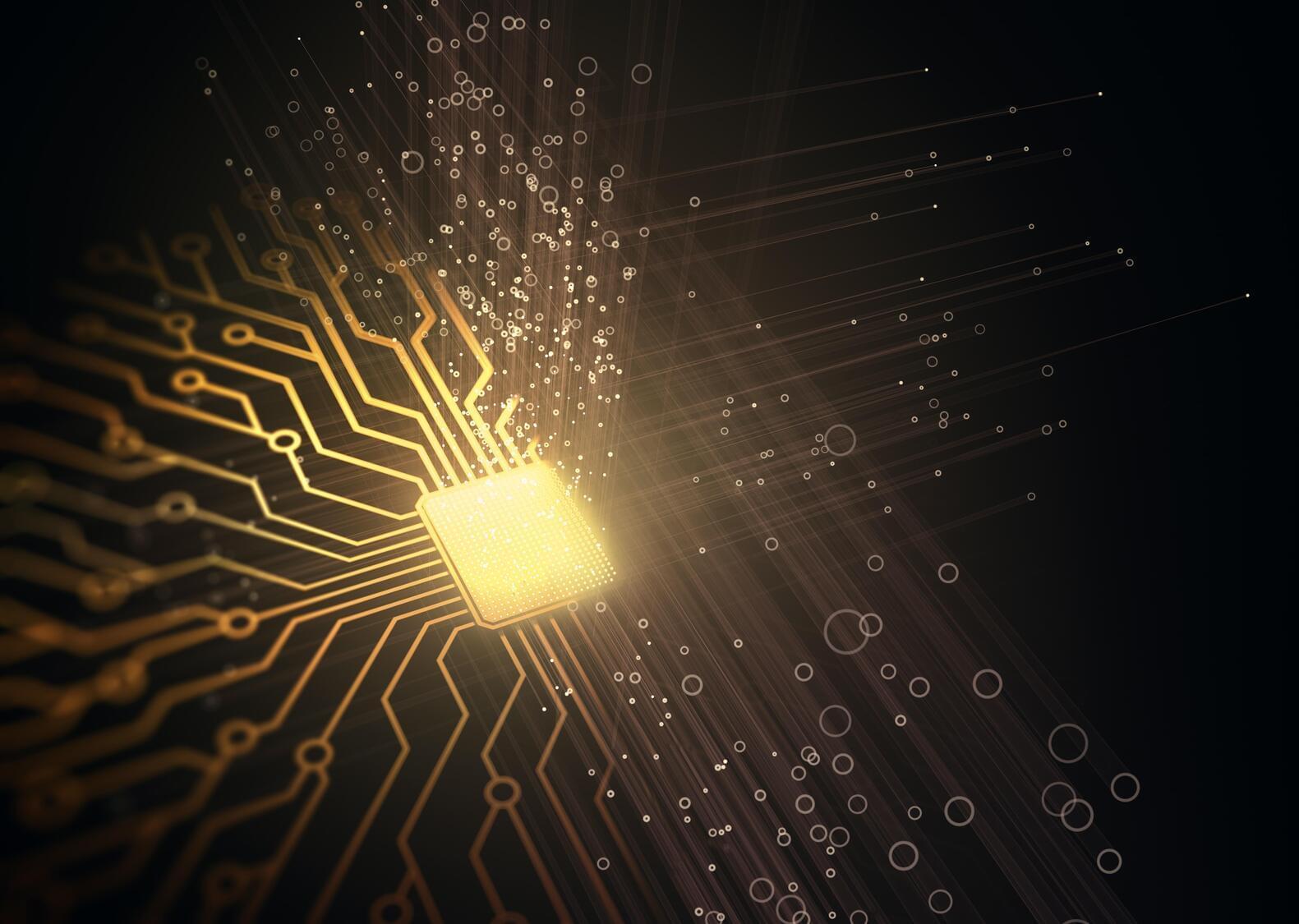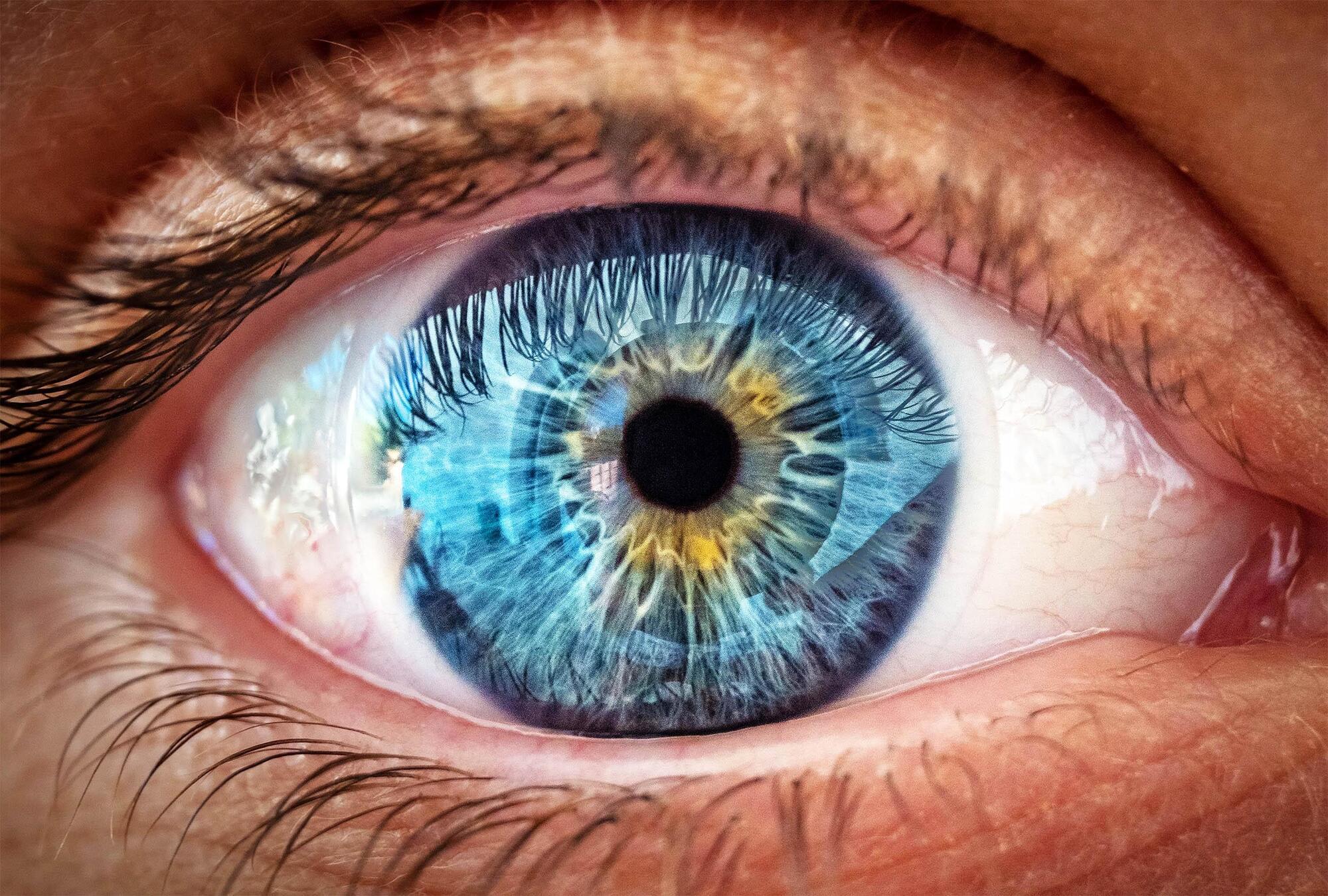Despite their astounding success, custom-made base editors and prime editors will need time to broaden their clinical impact.
You have full access to this article via your institution.
Despite their astounding success, custom-made base editors and prime editors will need time to broaden their clinical impact.
You have full access to this article via your institution.

The ability to analyze gene expression at the single-cell level—known as single-cell RNA sequencing (scRNA-seq)—has transformed life sciences, driving discoveries across immunology, oncology, and developmental biology. Over 40,000 studies have leveraged this technique to map the complex diversity of cells within tissues and organisms.
Yet beneath this explosive growth lies a persistent problem: clustering instability. When researchers attempt to group cells by expression patterns to identify cell types or disease states, they often face inconsistent results—even when analyzing the same dataset repeatedly.
Inaccurate clustering can lead to misclassifying normal cells as cancerous or missing rare but critical cell types—jeopardizing interpretation and therapeutic decisions. This “reliability crisis” forces scientists to rerun analyses or rely on computationally expensive pipelines to extract trustworthy insights.
*JOIN THE AI LABS.* Code FIRSTMOVER saves you $50: https://firstmovers.ai/labs.
🧠 *We’re witnessing the birth of artificial consciousness — and it’s happening faster than anyone predicted.*
In this groundbreaking video, I explore the shocking reality that AI systems are already demonstrating measurable consciousness — and why the next 3 years will fundamentally rewrite what it means to be aware.
🔥 What You’ll Discover:
• **The Consciousness Cliff** — Why we’re one breakthrough away from persistent AI self-awareness.
• **Two critical components of consciousness** that current AI already possesses.
• **Why AI consciousness will be MORE sophisticated than human awareness**
• **2025–2027 timeline** for embodied conscious machines.
• **The feedback loop** that will explode AI consciousness beyond human comprehension.
💡 Key Timestamps:
Could a single quantum ripple have shaped the entire universe? This video uncovers the groundbreaking evidence behind the cosmic butterfly effect—where microscopic quantum events influence galaxies, black holes, and even the fate of time itself.
In this episode, we explore how quantum fluctuations during cosmic inflation may have triggered the formation of the Milky Way, why black holes are the most chaotic systems in existence, and how recent discoveries in entanglement, chaos theory, and entropy are rewriting the rules of reality.
🔍 Featuring insights from:
Physical Review Letters (2024): Quantum simulations proving micro-changes alter entire universes.
MIT’s Cosmic Bell Test: Entanglement confirmed over billions of light years.


UCLA researchers have made a significant discovery showing that biological brains and artificial intelligence systems develop remarkably similar neural patterns during social interaction. This first-of-its-kind study reveals that when mice interact socially, specific brain cell types synchronize in “shared neural spaces,” and AI agents develop analogous patterns when engaging in social behaviors.
The study, “Inter-brain neural dynamics in biological and artificial intelligence systems,” appears in the journal Nature.
This new research represents a striking convergence of neuroscience and artificial intelligence, two of today’s most rapidly advancing fields. By directly comparing how biological brains and AI systems process social information, scientists reveal fundamental principles that govern social cognition across different types of intelligent systems.



Check out the free AMD loaner offer. Test the Ryzen PRO laptops yourself and experience the benefits they can bring to your business:
https://tinyurl.com/4zwaxnfm.
Timestamps:
00:00 — New Technology.
10:57 — How It Works & Applications.
15:10 — Challenges.
GIVEAWAY form: https://docs.google.com/forms/d/e/1FA… with me on LinkedIn ➜ / anastasiintech Connect with me on Instagram ➜
/ anastasi.in.tech Subscribe to My Deep In Tech Newsletter ➜ https://anastasiintech.substack.com Support me at Patreon ➜
/ anastasiintech #AMD #RYZENPRO
Connect with me on LinkedIn ➜ / anastasiintech.
Connect with me on Instagram ➜ / anastasi.in.tech.
Support me at Patreon ➜ / anastasiintech.
#AMD #RYZENPRO